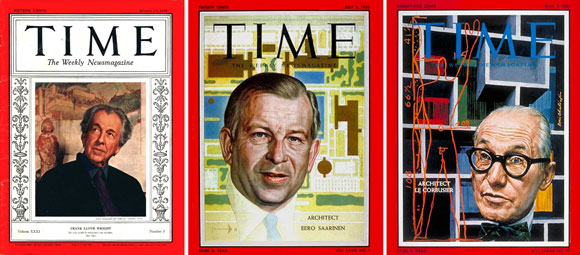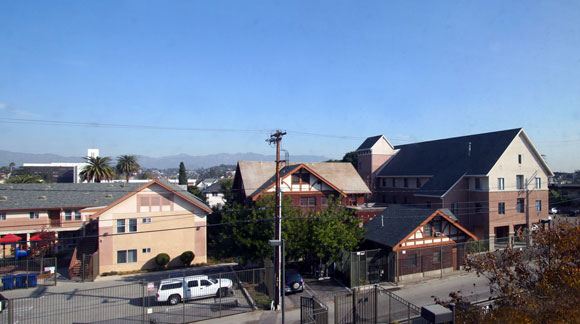#95: BUILDINGS: INTROVERTS VS. EXTROVERTS
An introverted mute facade offers quiet contentment. Linea Residence G, Palm Springs, California, by Poon Design. 2018 National Award Winner from The American Institute of Architects.
In 2012, author Susan Cain published Quiet: The Power of Introverts in a World That Can’t Stop Talking. Cain suggested that the world devalues and misreads introverted people. So too for architecture that might be considered introverted.
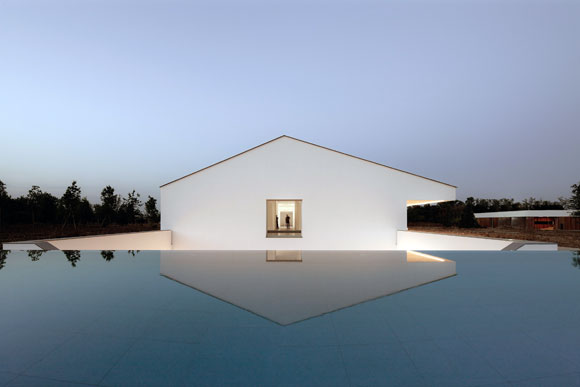
Cain states, “Introversion—along with its cousins sensitivity, seriousness, and shyness—is now a second-class personality trait, somewhere between a disappointment and a pathology . . . Extroversion is an enormously appealing personality style, but we’ve turned it into an oppressive standard to which most of us feel we must conform.”
In architecture, an introverted design idea might be confused with making a meek statement. In agreement with Cain, I argue that introversion is a strength. With design driven by introversion and not the “enormously appealing” extroversion, the introverted design result can be powerfully introspective, confidently content and simply genuine. Introversion is not a weakness.
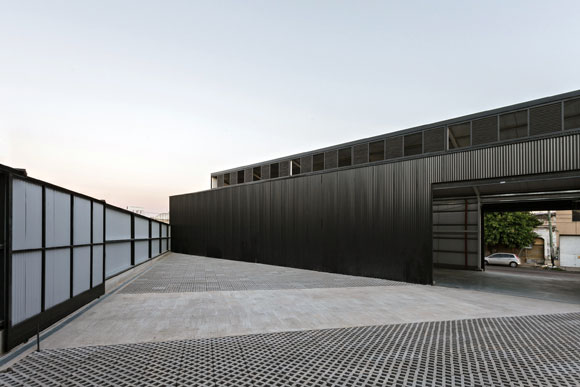
From the art movement of the 60s and 70s known as Minimalism, the creative output was not ever empty or marginal, as the literal meaning of minimal might suggest. Through the Minimalists’ interests in being spare, expressing only the essentials, the final work was dramatic through its reductive and introverted self.
Architect Mies van der Rohe proclaimed one of history’s most profound sentiments, “Less is more.” Through simplicity, such a philosophy can deliver the most commanding presence, surpassing the noise of extroverted architecture.
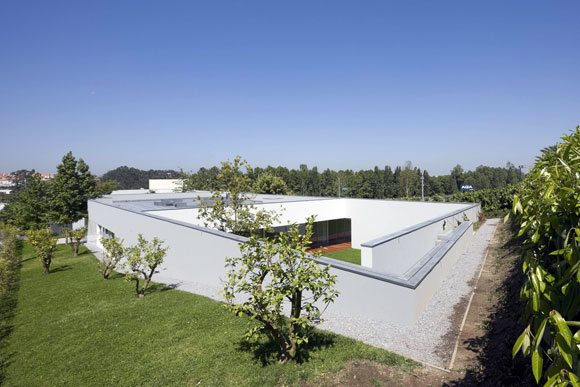
Author Cain on introverts: “They listen more than they talk, think before they speak . . .” In contrast, Cain speaks of extroverts as “risk-taking, assertive, dominant, prefer talking to listening . . .” Brace yourself and see below.
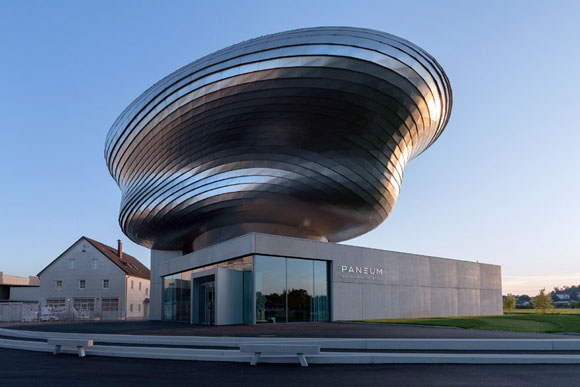
This extroverted form of architecture is commonly known. Our heroic buildings defy gravity, beautifully express forms reaching to the sky, and grab the attention of magazine covers and blog features. These extroverted structures stand proud and righteous, egotistically even, and are often delivered through the self-assured hands of one of our Starchitects, our celebrity hero personalities.
For marketing and PR, it is easier for an architecture business to pitch extroverted projects than introverted ones—just as a big symphonic performance tends to outsell a concert hall, as compared to an intimate solo cello recital. Extroverted design makes a bold statement, and architects often aim for this, so as to put their name on the map—to plant a flag on the ever competitive landscape of design awards and recognition.
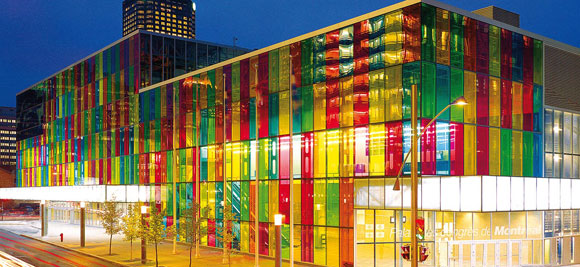
Lastly, what is the appropriate architecture for an introverted individual vs. an extroverted individual? Obvious themes: introverts prefer private offices over the trendy open office space. Meaning, introverts chose areas for focus and reflection vs. the cliché of groupthink and the overrated committee collaboration. In the home, introverts seek out solitude like a reading niche, not the open kitchen and the adjacent high ceiling great room. At the park, the bench under a tree, not the big lawn. One simple conclusion is that introversion is related to the scale of the architecture, not necessarily its size. Meaning, when appropriate, a big room can be designed to feel intimate.

Director of a non-profit, Christine Fang provides education on mindfulness and meditation, and she observes, “In fact, architecture that supports the inward endeavor is addressing real human needs, helping us all breathe a little easier in this sometimes obsessively outwardly facing world.”
As Susan Cain suggests, the world is made up of 1/3 to 1/2 introverts, and introversion is not inferior to extroversion. Quite the opposite, as she lists ground-breaking introverts, from Steve Wozniak to Dr. Seuss, from Rosa Parks to Chopin—and the many more that have shaped this extroverted world.

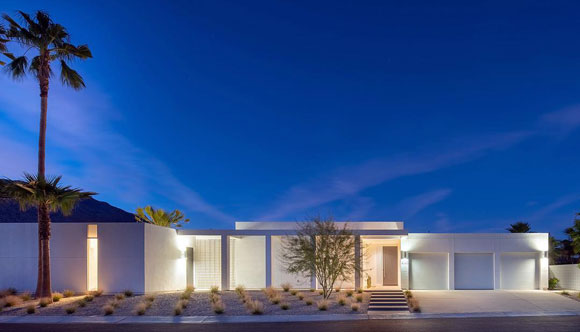

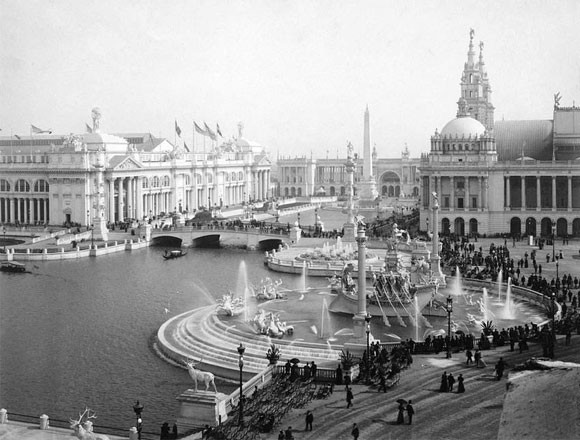
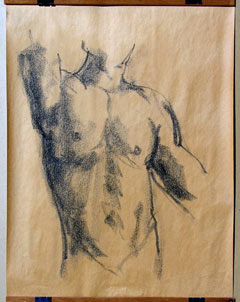
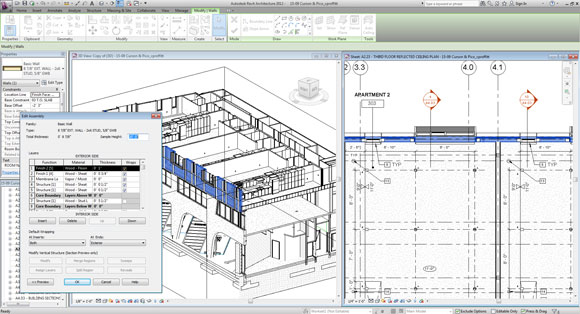

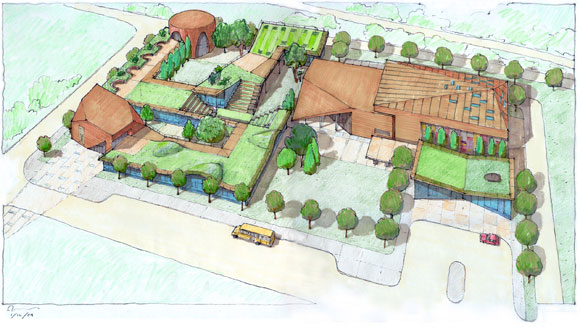

 EIGHT
EIGHT